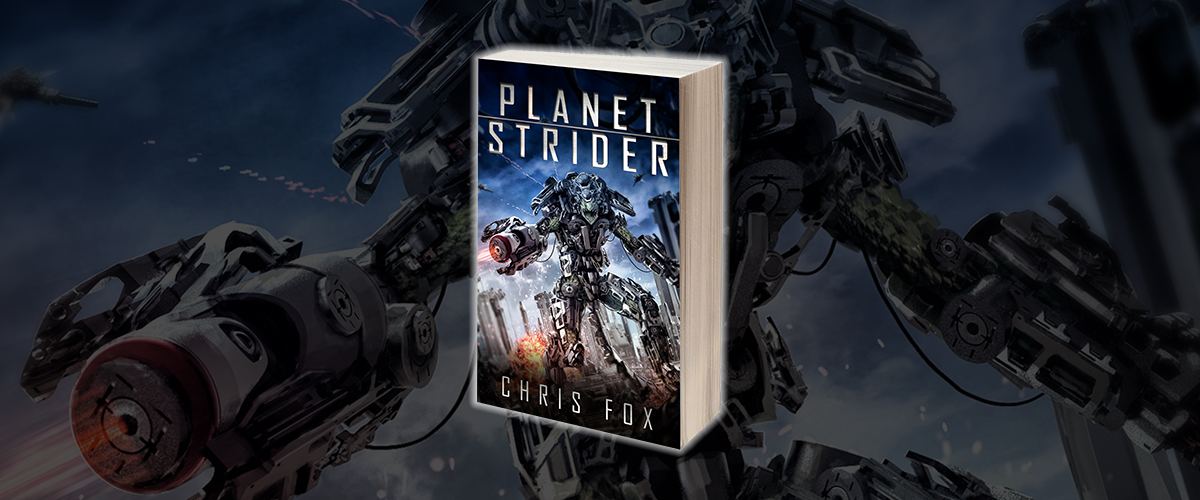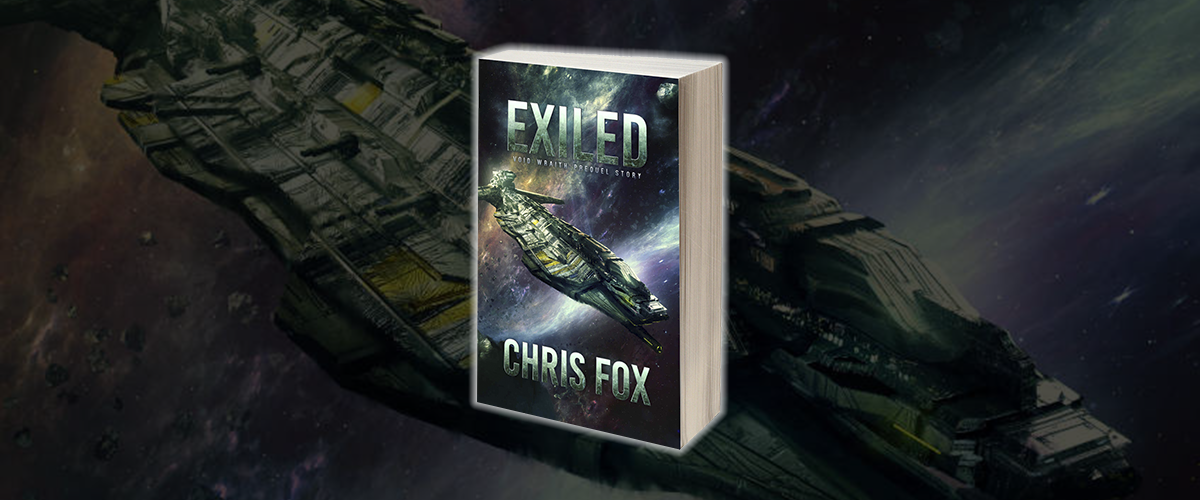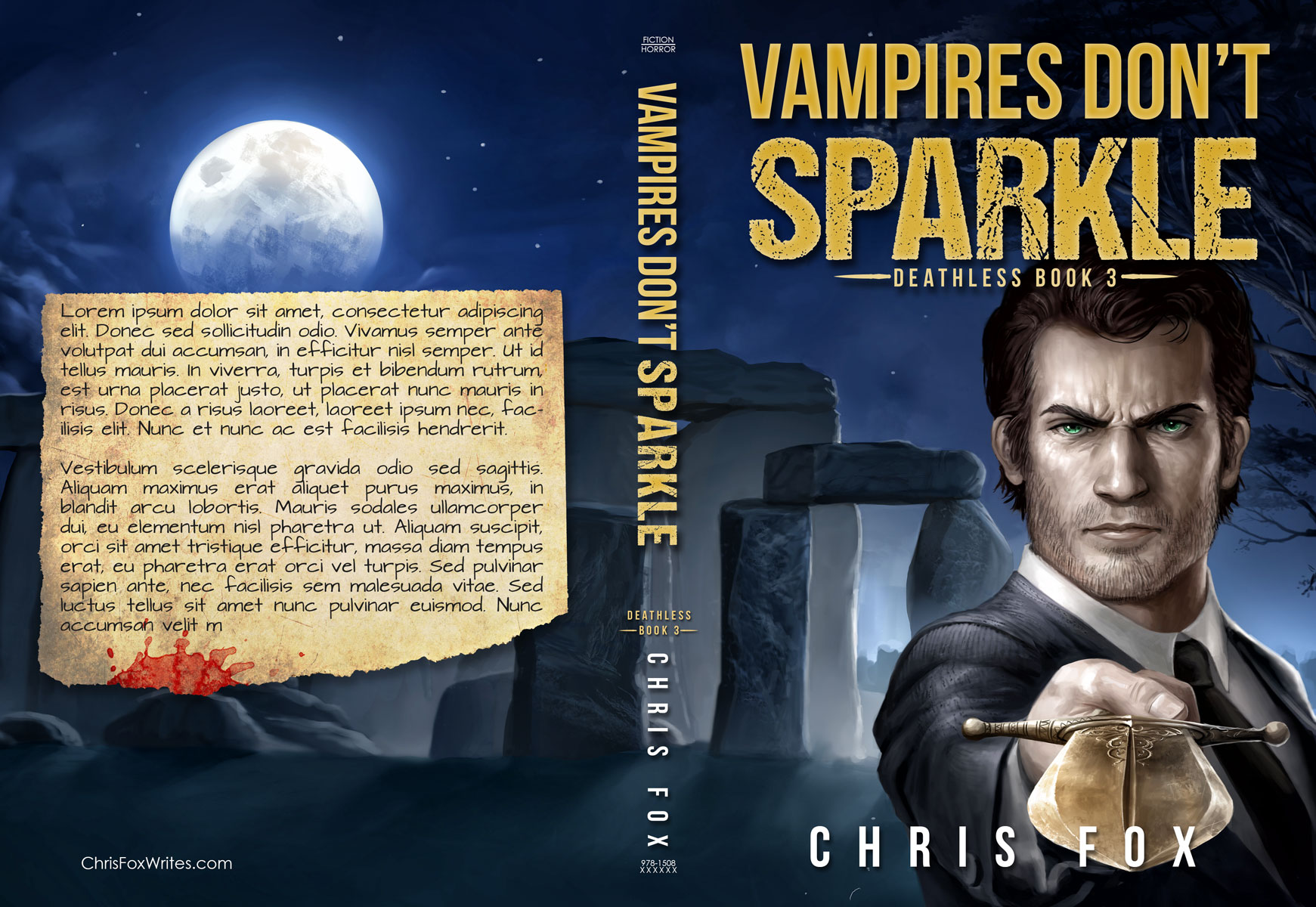 Odds are good you use Facebook, Twitter or at the very least email, right? If so you’re familiar with the little red badges that signify notifications. If you’re like me your response is oooh, there’s something new to check! This happens most often on my smartphone, while standing in line at the grocery store, waiting for my soup in the microwave, or of course in the bathroom. I am compelled to check my phone all the damn time. Why is this? Each time you experience pleasure your brain places a marker which measures the circumstances leading up to that moment. If it detects these circumstances again it realizes ‘Hey, this felt good last time. It will probably feel good this time too’. It responds by flooding you with a chemical called dopamine. Dopamine doesn’t necessarily give you pleasure, but instead prompts you to engage in the behavior that led up to pleasure last time. In practical terms it works like this. You received an email from a girl or guy you were crushing hard on. That email told you they felt the same way, and in that moment you were on top of the world. Now whenever you think about email your brain fires off that dopamine and you’re compelled to check it. This is why you’ll constantly open your phone to see if there’s anything new on Facebook, Twitter or your social media drug of choice. Something good might happen, so here comes the dopamine.
Odds are good you use Facebook, Twitter or at the very least email, right? If so you’re familiar with the little red badges that signify notifications. If you’re like me your response is oooh, there’s something new to check! This happens most often on my smartphone, while standing in line at the grocery store, waiting for my soup in the microwave, or of course in the bathroom. I am compelled to check my phone all the damn time. Why is this? Each time you experience pleasure your brain places a marker which measures the circumstances leading up to that moment. If it detects these circumstances again it realizes ‘Hey, this felt good last time. It will probably feel good this time too’. It responds by flooding you with a chemical called dopamine. Dopamine doesn’t necessarily give you pleasure, but instead prompts you to engage in the behavior that led up to pleasure last time. In practical terms it works like this. You received an email from a girl or guy you were crushing hard on. That email told you they felt the same way, and in that moment you were on top of the world. Now whenever you think about email your brain fires off that dopamine and you’re compelled to check it. This is why you’ll constantly open your phone to see if there’s anything new on Facebook, Twitter or your social media drug of choice. Something good might happen, so here comes the dopamine.
Why Games Are Addictive 
Large game companies figured out how to trigger dopamine rushes and used these principles to create mass-multiplayer games like World of Warcraft. Players will spend 8-12 hours a day clicking away in a virtual world, because the game has been engineered to trigger dopamine rushes. At first your character gains levels frequently, which is a pleasurable experience. As time goes on it takes longer and longer to gain a level, but players keep grinding away because their brains continue to release dopamine in a vain effort to recapture the pleasure they experienced. This is why MMOs are so addictive, and they’re not the only type of games to harness this technique. Are you familiar with Candy Crush? 2048? Angry birds? Every last one is using dopamine to keep you playing.
How does knowing this help you?
Dopamine releases can be attached to positive behaviors. We’re now seeing apps like Fitbit gamify fitness, and they do it in two ways. First, they provide achievements for reaching milestones. Instead of getting that shiny new epic sword in World of Warcraft you get a badge for walking 10,000 steps in a single day. You get similar badges for losing weight or for climbing a certain amount of stairs, and before you know it your brain is rewarding you for positive behaviors. It certainly works on me. I haven’t played an MMO in years, but I log in to Fitbit every day to obsessively check my stats.
Social Proof and Competition
Game and social media companies figured out another huge behavioral marker in humans. We’re inherently tribal, and are driven by a subconscious need to be significant in our tribe. In MMOs this meant being really good at raiding or killing other players in arenas. It meant having the best epic loot, or the coolest new mount. You gain significance by excelling in whatever way is measured by the shared activity. In social media it can mean getting the most likes or comments on your posts. In Fitbit this means dominating the leaderboard among your friends or your local area. This competitive principle will often get people to do things they’d never even consider, like sitting in front of a computer for twenty straight hours to be the first to unlock some cool new gear. Nuts, right?
What does all this have to do with writing?
Using apps like Fitbit to encourage positive behavior made a lightbulb go on in my head. If it works for fitness, why wouldn’t it work for writing? Every writer I know wants to crank out more words daily. Most of us are highly competitive. What if you had an app that rewarded you for writing? What if hitting word goals or having a seven-day writing streak triggered the same rush of dopamine that checking Facebook does? I took a quick look around and found that no one had tapped into this. So I did it myself. That’s how I wrote the 5,000 Words Per Hour book, and why I developed the companion 5KWPH app.
The Book- 5,000 Words Per Hour
 The 5,000 Words Per Hour book shows you how to conduct writing sprints. In essence it teaches you to eliminate distractions, so you can sit down and crank out massive word counts. It further explains gamification, flow and the neuroscience behind both. It’s designed to be a short read, a mere 15k words (about 120 pages). I took out all the fluff, all the personal anecdotes all the crap you often find in nonfiction books that’s either there for padding or to fluff the offers ego. What’s left is an actionable set of steps you can take to increase your daily and hourly word counts.
The 5,000 Words Per Hour book shows you how to conduct writing sprints. In essence it teaches you to eliminate distractions, so you can sit down and crank out massive word counts. It further explains gamification, flow and the neuroscience behind both. It’s designed to be a short read, a mere 15k words (about 120 pages). I took out all the fluff, all the personal anecdotes all the crap you often find in nonfiction books that’s either there for padding or to fluff the offers ego. What’s left is an actionable set of steps you can take to increase your daily and hourly word counts.
 The iPhone / iPad App- 5KWPH The app uses the principles taught by the book. It conducts these writing sprints, awards you achievements just like Fitbit or WOW, and allows you to post your progress to social media. In 5KWPS you have a tool to measure and track your progress, and it uses dopamine to motivate you to write like a machine. I wrote the book for you, but the app was created for me. I’ve been using it for some time and have cranked out three novels in the last nine months. I also wrote the 5,000 Words Per Hour book using the app.
The iPhone / iPad App- 5KWPH The app uses the principles taught by the book. It conducts these writing sprints, awards you achievements just like Fitbit or WOW, and allows you to post your progress to social media. In 5KWPS you have a tool to measure and track your progress, and it uses dopamine to motivate you to write like a machine. I wrote the book for you, but the app was created for me. I’ve been using it for some time and have cranked out three novels in the last nine months. I also wrote the 5,000 Words Per Hour book using the app.
Uh-Oh here comes the sales pitch So this is the part where I ask you for money, right? Nah. Not yet anyway. The book doesn’t come out for another month. When it does I’d be happy to take your $2.99 to subsidize my daily coffee habit. The app is available to beta test right now. All you have to do is email me with your name and the email address you want the app sent to. You’ll get to download the app for free, and help me make it do all the things I promised in this article. Then, in a month or so when I charge for it, you can decide whether or not to give me a few bucks for it. Either way I hope you use it to transform your writing and up your word count. -Chris












